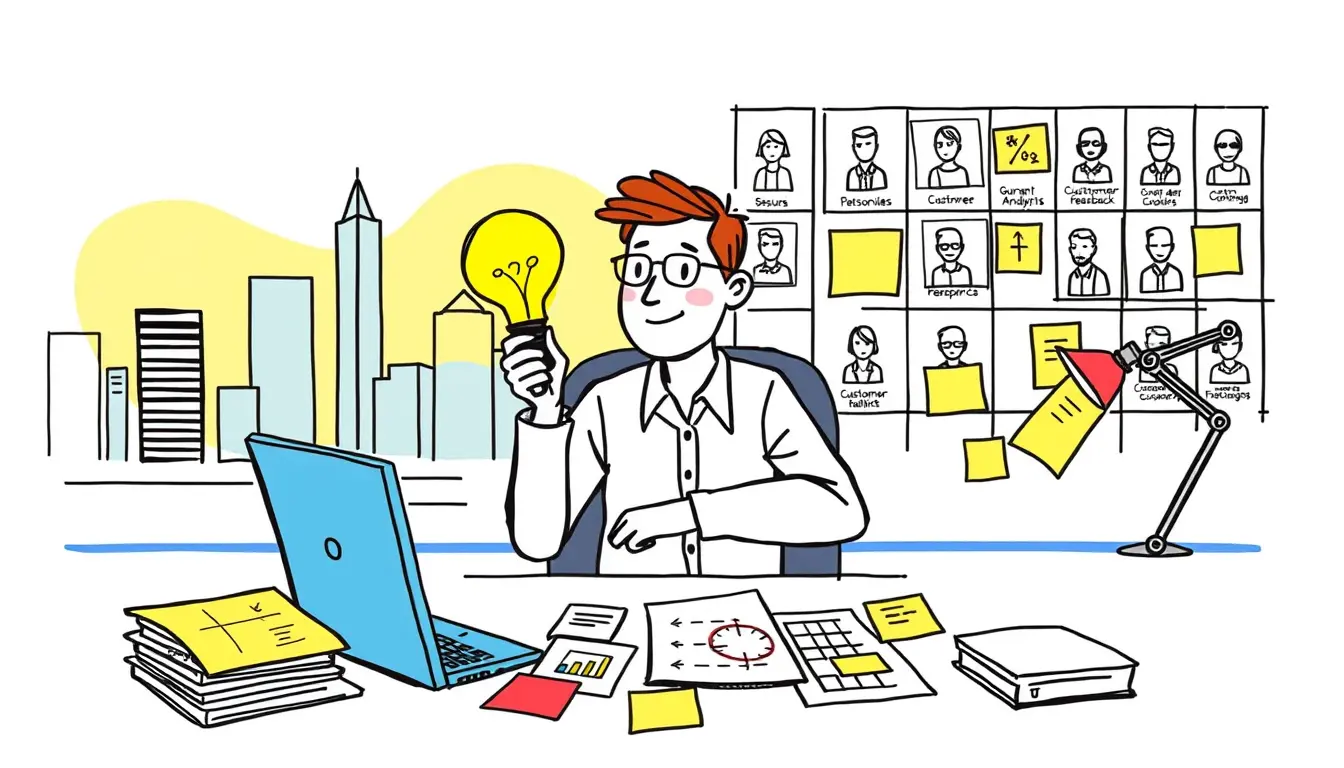Innovation

Applying Design Thinking to Business Model Innovation
“Discover how implementing design thinking principles can revolutionize your business model and drive innovation in our latest blog post.”

Design Thinking as a Framework for Better Business Outcomes
“Discover how incorporating design thinking into your business strategy can lead to more successful outcomes. Read our latest blog post now!”

Applying Lean Startup Methods to Test Solution Ideas
“Learn how to validate and refine your business solutions using proven Lean Startup methods. Maximize efficiency and minimize risk for success!”

Using Minimum Viable Product Planning with Design Thinking
“Discover how combining Minimum Viable Product planning with Design Thinking can streamline the product development process and lead to success. Learn more now!”

Master the Key Principles of Change Management
“Learn how to effectively navigate change with our comprehensive guide on the key principles of change management. Start leading with confidence today!”

A Business Analyst’s Guide to Design Thinking
“Transform your approach to problem-solving with design thinking! Learn how business analysts can use this creative process to drive innovation.”

Using Thought Experiments to Foster Creative Ideation in Sessions
“Unlock your imagination and boost creative ideation in group sessions with the power of thought experiments. Learn how to stimulate new ideas now!”

Developing Creative Solutions to Complex Business Problems
“Discover innovative strategies and techniques for tackling complex business challenges with our guide on developing creative solutions. #business #innovation”
Search
Latest Posts
Latest Comments
Categories
Archives
- October 2025 (21)
- September 2025 (30)
- August 2025 (31)
- July 2025 (32)
- June 2025 (30)
- May 2025 (31)
- April 2025 (30)
- March 2025 (31)
- February 2025 (28)
- January 2025 (31)
- December 2024 (31)
- November 2024 (30)
- October 2024 (31)
- September 2024 (171)
- August 2024 (63)






















